Anne Hodge examines a series of drawings of scenes in Dublin and Wicklow, made by the writer and artist Edward Lear in 1835
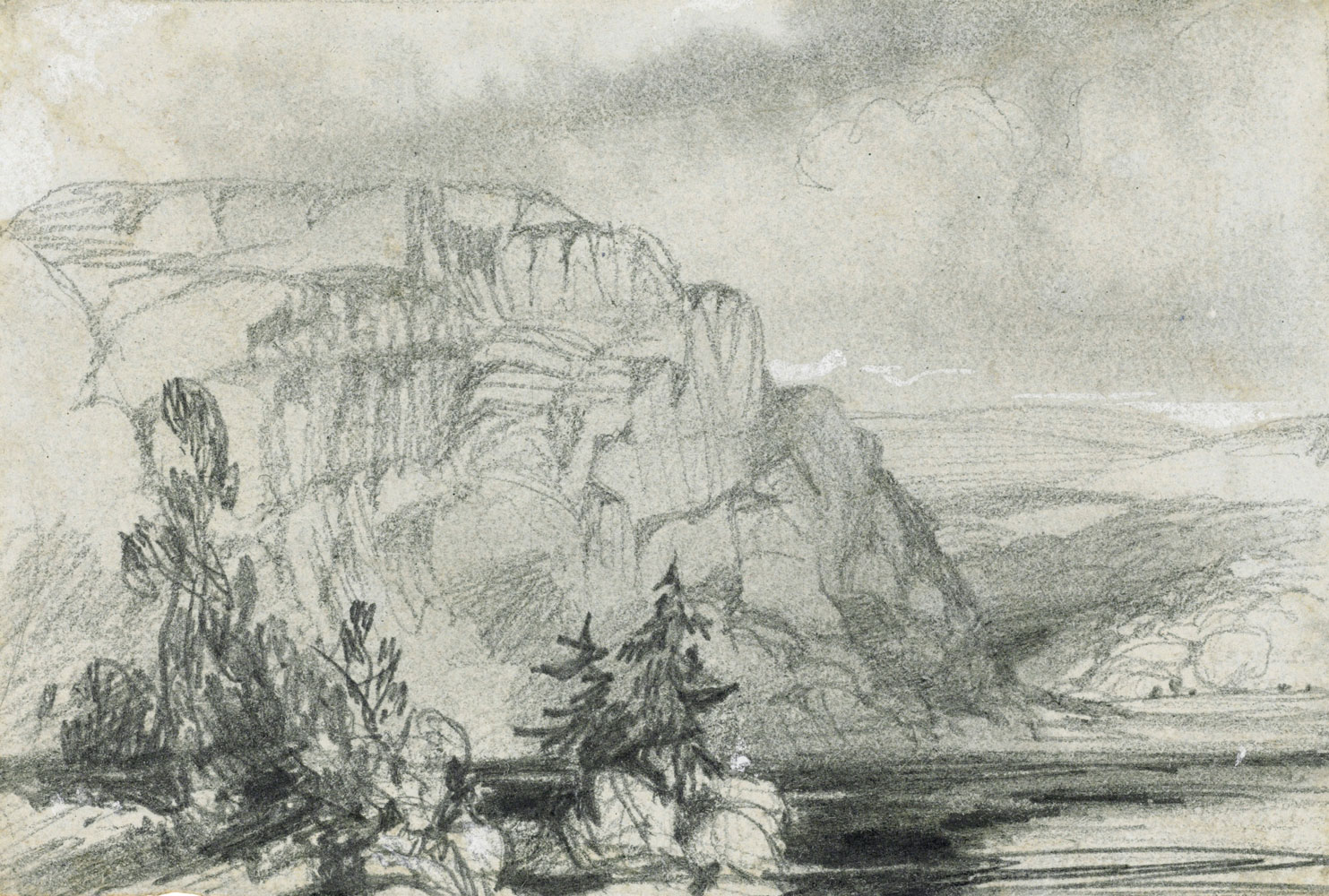
Although best known today for his limericks and rhymes, such as ‘The Owl and the Pussycat’, Edward Lear (1812–1888) was a prolific visual artist. Lear was the youngest child of a large family. His father, Jeremiah, a London stockbroker, suffered a reversal of fortune around 1816. As a result, the family had to leave their comfortable Georgian house and Edward was fostered by his older sister Ann. Apart from a short stint in boarding school, he was taught at home, where his artistic talents were encouraged. Given the family’s situation, it was essential that the young Lear developed his skills to make a living as a commercial artist. In the preface to the third edition of his popular A Book of Nonsense (1861), he gave a light-hearted account of his early career: ‘Born in 1812 (12th May), I began to draw for bread and cheese, about 1827, but only did uncommon queer shop sketches – selling them for prices varying from nine pence to four shillings: colouring prints, screens, fans: awhile making morbid disease drawings for hospitals and certain doctors of physic. In 1831, I became employed at the Zoological Society, and, in 1832, published ‘The Family of Psittacidae’ [parrots], the first complete volume of coloured drawings of birds on so large a scale published in England… In 1835, being in Ireland and the Lakes, I leaned more and more towards landscape…’
To read this article in full, subscribe or buy this edition of the Irish Arts Review
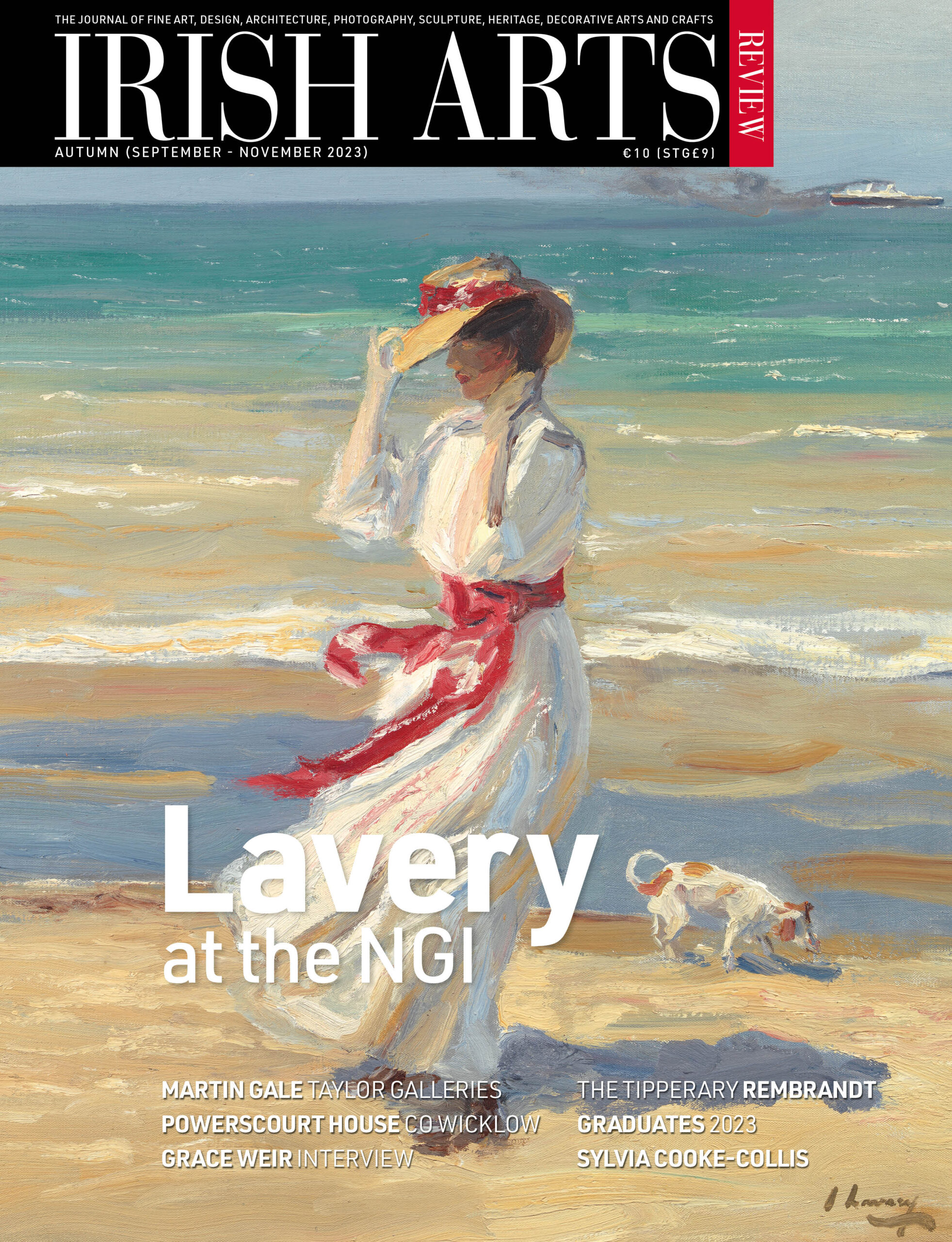
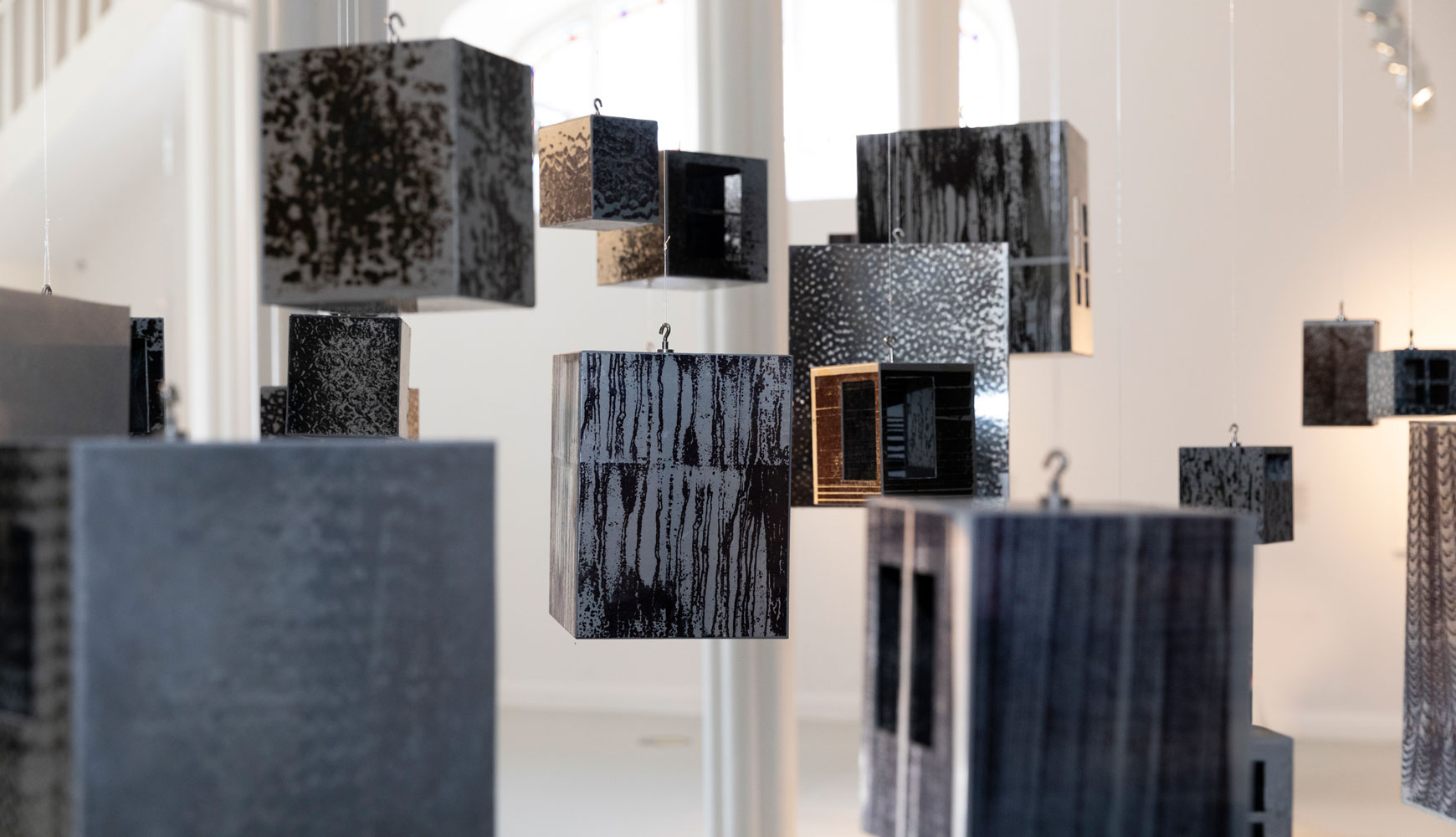
Aoife Ruane looks at artist Niamh McGuinne’s work, on show at the Highlanes Gallery
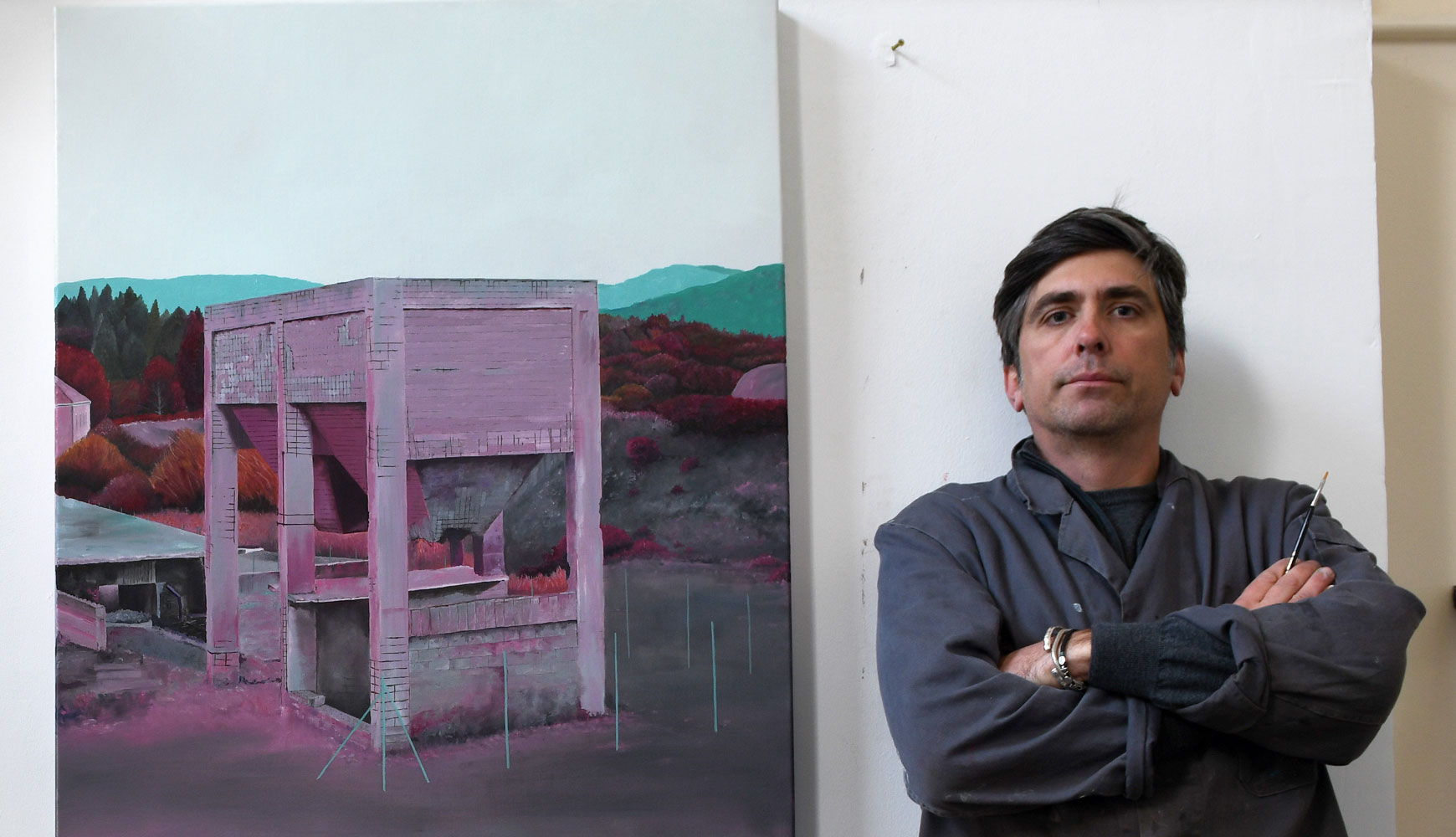
Pascal Ungerer’s peripheral landscapes evoke a sense of silence and isolation , writes Margarita Cappock
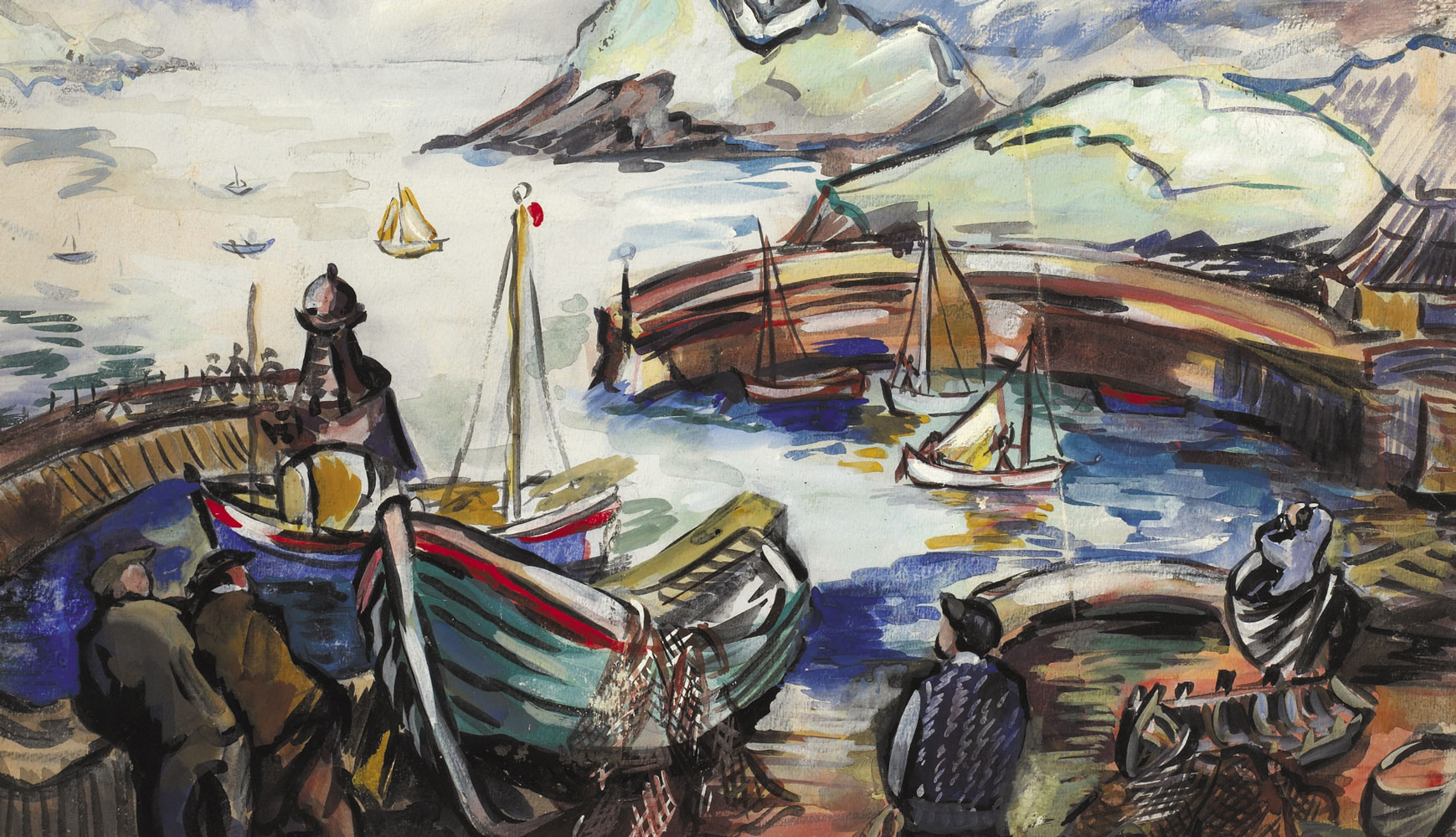
On the fiftieth anniversary of her death, Michael Waldron assesses the work of Cork artist Sylvia Cooke-Collis